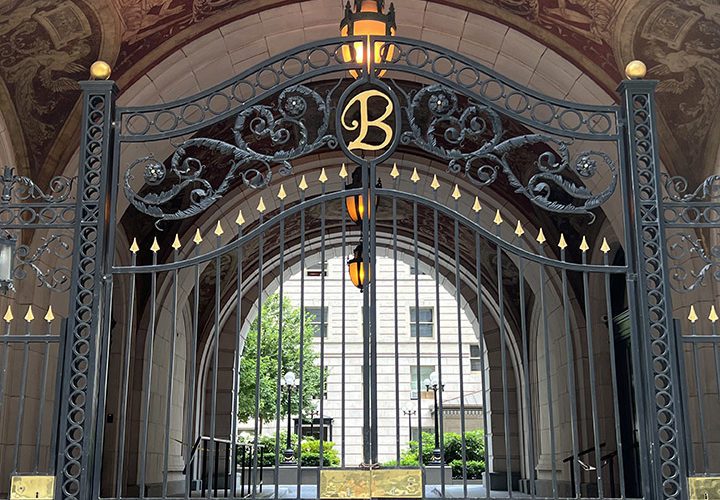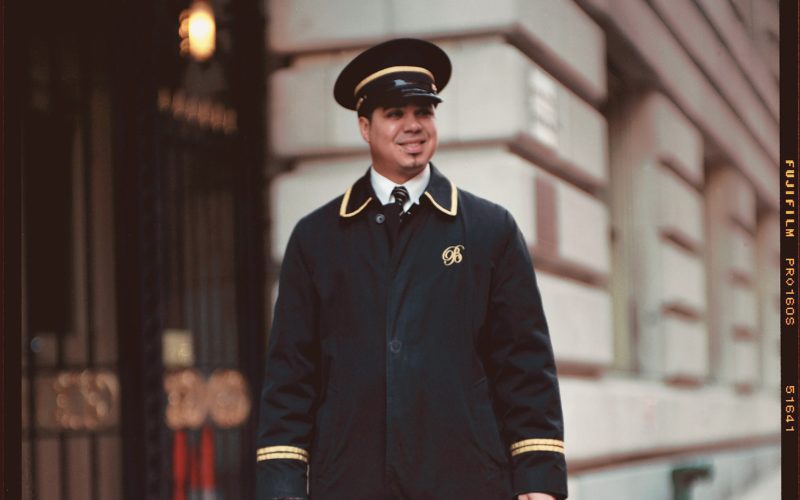Art D’Lugoff, Village Gate Impresario, Dies at 85
Margalit Fox, Nov. 6, 2009
Art D’Lugoff, who was widely regarded as the dean of New York nightclub impresarios and whose storied spot, the Village Gate, was for more than 30 years home to performers as celebrated, and diverse, as Duke Ellington, Allen Ginsberg and John Belushi, died on Wednesday in Manhattan. He was 85 and lived in the Riverdale section of the Bronx.
The cause has not been determined, said Mr. D’Lugoff’s brother, Burt, a medical doctor and frequent silent partner in his joyously noisy endeavors. Mr. D’Lugoff died at the Allen Hospital of New York-Presbyterian Hospital, where he had been taken on Wednesday after experiencing shortness of breath.
Opened in 1958, the Village Gate was on the corner of Bleecker and Thompson Streets. The cavernous basement space it occupied the building’s upper floors were then a flophouse had once been a laundry.
Mr. D’Lugoff later expanded to the upper floors, and in its heyday the Gate comprised the basement space, used primarily for live music of all kinds; a street-level terrace for jazz; and the Top of the Gate, an upper-story performance space.
The club closed its doors in 1994, amid rising rents, a changing market for live music and the aftermath of some unsuccessful investments by Mr. D’Lugoff. It briefly reappeared on West 52nd Street in 1996 but sputtered out after less than a year.
Mr. D’Lugoff was also a producer of Off Broadway shows most at the Gate and helped conceive the National Jazz Museum in Harlem.
“Once we had Nina Simone, Dick Gregory and Larry Adler all on the same bill and had so much trouble deciding who would open that I went across the street and hired a guitarist.”


